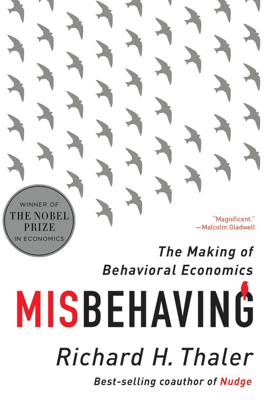California Dreamin’
The California Journey and Turn Towards Behavioral Economics
In 1977, an invitation from Sherwin Rosen to join him at Stanford for summer research extended into an opportunity that significantly influenced the author's career. Learning that Kahneman and Tversky were also heading to Stanford, the author arranged for a prolonged stay to interact with these trailblazers in psychology and economics. This decision spurred the evolution of his own thinking towards behavioral economics, merging psychological insights with economic theories.
During his California stay, the author not only integrated with prominent psychologists but also gained substantial support from Victor Fuchs, who provided funding and made crucial introductions. This facilitated deeper engagement with Kahneman and Tversky, especially as they finalized their pioneering work on Prospect Theory. The collaborative environment and intellectual exchanges during this period were pivotal, allowing the author to refine his ideas through firsthand interactions with leading experts.
Key aspects of this transformative period include:
Extended Interaction with Kahnemann and Tversky: The author's direct interactions with Kahneman and Tversky offered an up-close view of their meticulous process in refining Prospect Theory. Observing their dedication to clarity and precision significantly impacted his approach to academic writing and research.
Exploration of New Research Methods: Encounters with experimental economists Charlie Plott and Vernon Smith broadened the author's perspective on research methodologies. Although these insights were influential, they reinforced his desire to approach economic behavior from multiple methodologies, not strictly through controlled experiments.
Testing and Validation of Theories: Frequent discussions and idea exchanges led to the application of Kahneman and Tversky’s research methods, particularly the use of hypothetical questions to probe economic behaviors. This approach helped validate many behavioral insights that were initially based on intuition and informal observations.
The year at Stanford marked a period of profound intellectual growth and networking, culminating in the decision to commit fully to the emerging field of behavioral economics. The supportive academic environment, alongside the influence of Kahneman and Tversky, steered the author's future research trajectory, focusing on practical applications of psychology in economic models. This phase underscored the importance of interdisciplinary collaboration in developing comprehensive economic theories that accurately reflect human behavior.
By the time the author was preparing to leave Stanford, his engagements and newfound connections had laid a solid foundation for his future endeavors in behavioral economics, signaling a shift towards a career that would focus on enriching traditional economic models with psychological insights. From here, he would continue to challenge and expand the scope of economic theory by incorporating more realistic assessments of human decision-making processes.
